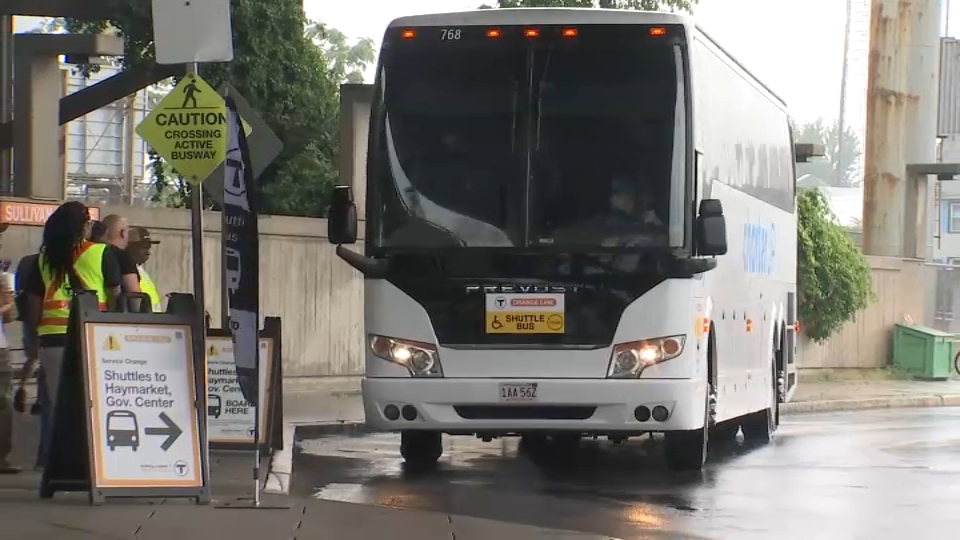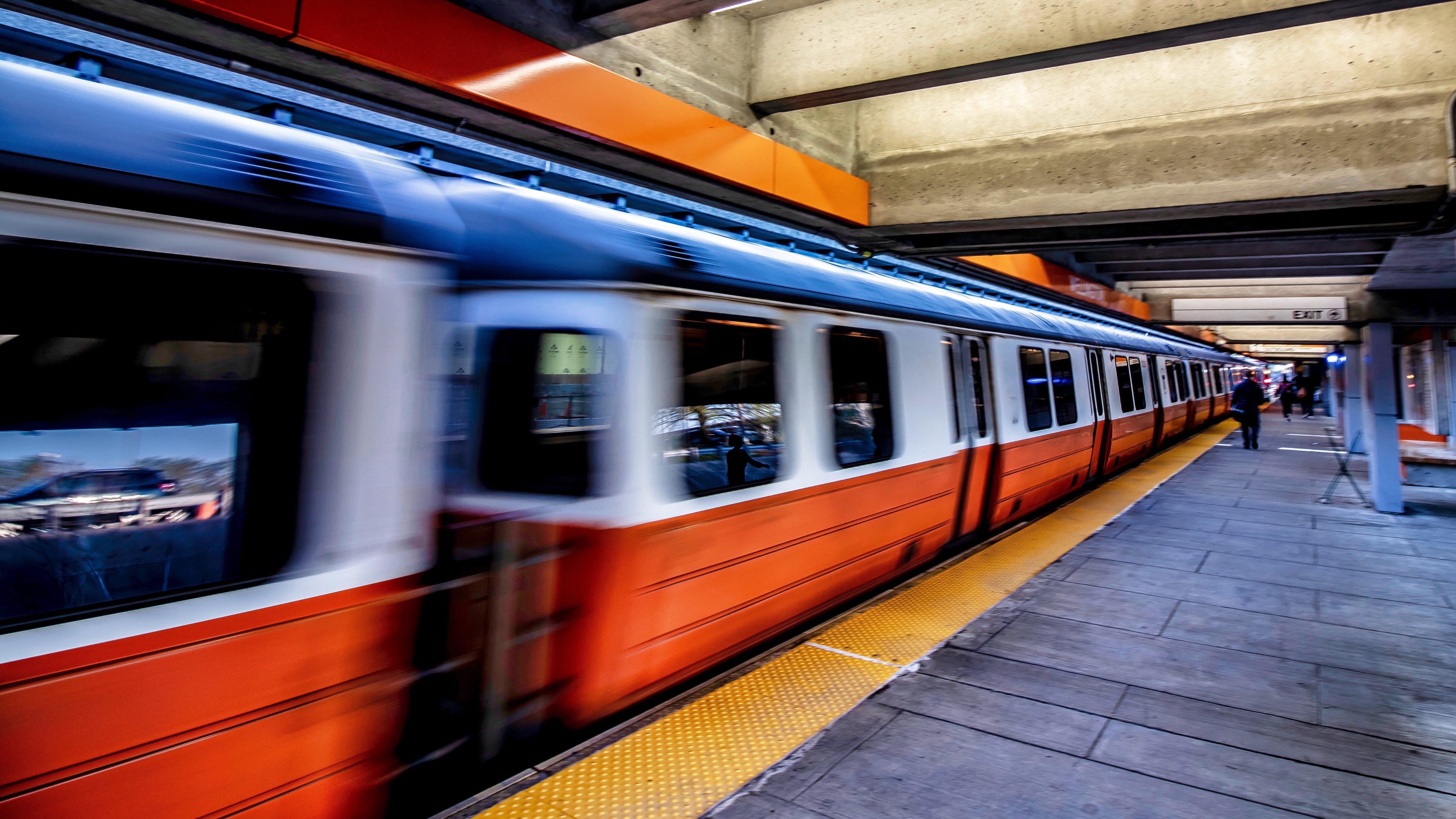The first weekday commute during the Boston transit system's Orange Line shutdown appeared to go fairly smoothly Monday, but officials have warned bigger challenges are still ahead, including when students return to schools in September.
The 11-mile subway line that runs from the city of Malden north of Boston to the city's Jamaica Plain neighborhood shut down for 30 days on Friday night so the Massachusetts Bay Transportation Authority can make track and signal repairs that would normally take a year. To complicate matters, a section of the MBTA's Green Line also shut down for a month on Monday for the completion of construction work.
WATCH ANYTIME FOR FREE
>Stream NBC10 Boston news for free, 24/7, wherever you are. |
While many had looked to Monday as the first real test since the shutdown began, Mayor Michelle Wu has said she believes the real test is when Boston's students become a part of the daily weekday commute. Boston Public Schools estimates that around 4,600 students normally take the Orange Line to school. There are 28 schools they anticipate will be affected.
Get updates on what's happening in Boston to your inbox. Sign up for our >News Headlines newsletter.
At a virtual press conference Tuesday, school officials said their priority was ensuring all students had a safe way to get to school. They are working closely with the MBTA to make sure there is clear signage in multiple languages, and students have been issued a 7-day LINK pass in order to take practice runs ahead of the first day of class.
Families have also been given the option to apply for a waiver to get seventh and eighth-grade students back on district school buses during the shutdown.
"We must maximize our resources and must continue to act with urgency for our students, as access to education is important," BPS Transportation Director Delavern Stanislaus said.
The district is waiting to see if the MBTA can accommodate a request to offer student-specific shuttles to certain schools. In the meantime, they have reworked bus routes and negotiated with the union that represents bus drivers to create more flexibility in the system, particularly when things are running late.
Stanislaus said they are expecting that some buses will run late and that they will have drivers available to add additional runs if needed. She warned that the closure will significantly slow down the district's ability to move through the city on planned schedules.
Additionally, the district has plans to contract with additional vendors to drive 70 transport vans on certain routes outside the city limits.
During the monthlong shutdown, the T is providing shuttle buses between stations, and the city has set aside designated bus-only travel lanes on some streets. Commuter rail lines are also running with increased frequency. The T has also deployed hundreds of workers to help commuters navigate the new system, including General Manager Steve Poftak.
The Orange Line normally handles about 100,000 trips per weekday, according to the MBTA. In addition to bringing commuters to work every day, visitors also use the Orange Line to access many top tourist destinations.
Wu took two buses and a subway train to get to work at City Hall on Monday, a little late.
"It went pretty smoothly," she said. "It was a little bit longer than a usual commute, but no real bottlenecks or traffic along the way."
So far, the traffic nightmares that had been anticipated with more vehicles on the roads and reconfigured streets have not materialized. MassDOT Highway Administrator Jonathan Gulliver told NBC10 Boston that Mondays have seen unusually light traffic since the start of the coronavirus pandemic, and he expected Tuesday and Wednesday to see more congested roads.
For Boston Public Schools, Thursday, Sept. 8 marks the first day of school for grades 1-12, and Monday, Sept. 12 is when pre-k and kindergarten students will be back in the classroom.




